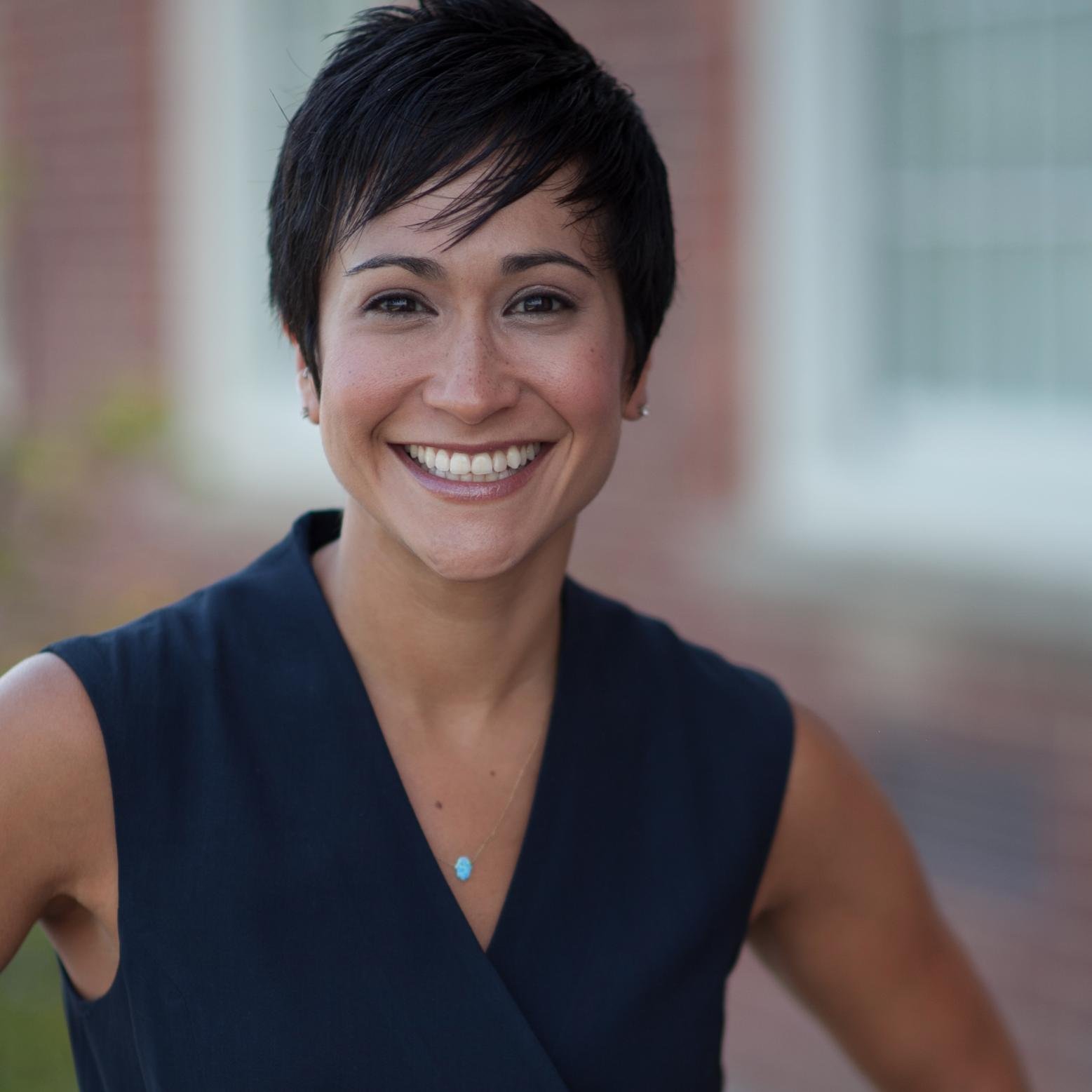 Rachel Gutter is Senior Vice President of Knowledge at the U.S. Green Building Council and Director of the Center for Green Schools. Rachel’s dynamic leadership provides a powerful voice for the green schools movement, convening international corporations, globally recognized institutions, and government entities around a singular purpose: to put every student in a green school within this generation.
Rachel Gutter is Senior Vice President of Knowledge at the U.S. Green Building Council and Director of the Center for Green Schools. Rachel’s dynamic leadership provides a powerful voice for the green schools movement, convening international corporations, globally recognized institutions, and government entities around a singular purpose: to put every student in a green school within this generation.
She is one of the foremost experts on healthy, safe, and resource efficient schools. In 2007, she launched LEED for Schools, a version of the U.S. Green Building Council’s popular green building certification program that facilitates the design, construction, and operations of high-performance green schools. Later that year, she spearheaded the National Green Schools Campaign to engage students and teachers, parents and school superintendents, elected officials and college presidents in a national conversation about the relationship between high-performance educational facilities and high-performing students. When the Center for Green Schools at the U.S. Green Building Council was established in 2010 to serve as the driver for green schools dialogue, policy development and innovation, USGBC appointed Rachel Gutter to take the reins.
The 2016 State of Our Schools Report: Funding Is Bad; Equity Is Worse
…every year the report projects a $46 billion shortfall to keep our schools healthy and safe for our kids. Even more disturbing than that, though, is that the money that we do have to direct toward school facilities isn’t distributed equitably. What that means is that millions of students, especially those in low-income communities, attend schools that are crumbling, that are unsafe and that actually impede learning and a 21st-century education.
The Staggering Depth of the Crisis in Our Schools
It’s been 20 years since the federal government published a comprehensive inventory of K-12 public school facilities, and at the time…more than 15,000 schools in the United States had air that was actually unfit to breathe. And then they dropped it for the last 20 years…because of our limited insight into the conditions of the school facilities, we have no sense of just how pervasive the problem is. But just like we know that lurking across these hundred thousand K-12 public schools there are thousands of schools that still have air that’s unfit to breathe, we know that there are likely thousands of schools that have water that’s unfit for drinking. And that’s not acceptable.
Embarrassing: Our School System Needs Government Oversight Now
The scale is really rather tremendous. We’re talking about 100,000 schools…We’re talking about 7.5 billion gross square feet and 2 million acres of land. One of the other findings of the report is that K-12 facilities account for nearly a quarter, 24%, of state and local infrastructure investments, which makes it the largest category of public infrastructure after roads and highways. And yet there isn’t a single employee at the federal government who’s charged with paying attention to school facilities issues.
How We Manage to Keep Ignoring This Massive Problem
We haven’t appointed people to take responsibility for this at the federal, state, and in some cases even local levels. But it’s also that…the most likely candidates for bringing these critical matters to our attention, the parents and the teachers are either…unaware of what’s happening inside the buildings—or because the parents who do speak out, and for that matter the scores of teachers who have attempted to speak out on these issues over the years, are systematically silenced and told that if they further complain about these issues that they’re going to lose their jobs.
We Need Better Policies to Remove Entrenched Inequity
82% of the share for capital costs across the country for school facilities is put on communities, on localities. Only 18% of capital costs are covered by the states, and 0%—or rounded to 0%—of those costs are covered by the federal government. What that means is that inequity is embedded in the system. And that’s where I think policy in particular needs to play a role. States not only need to think more creatively about how to get more money into the pipeline, but they need to get a lot more active in thinking about how they spread that equity around.
Download full transcript (PDF): Rachel Gutter on The Infra Blog
Tags: Center for Green Schools, Rachel Gutter, State of Our Schools, U.S. Green Building Council, USGBC






 RSS Feed
RSS Feed